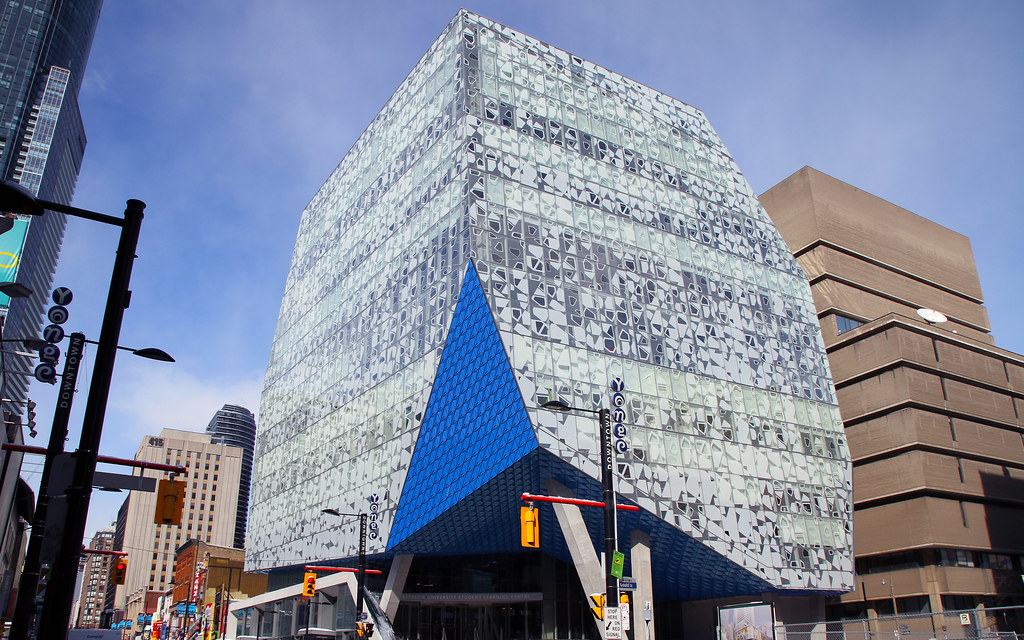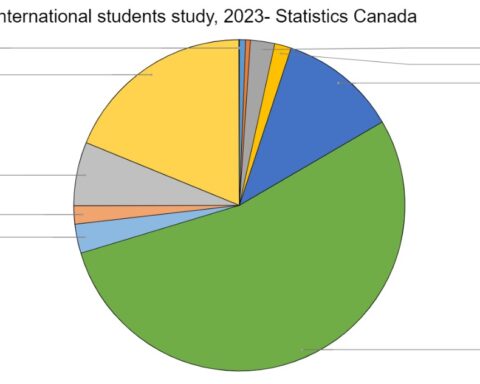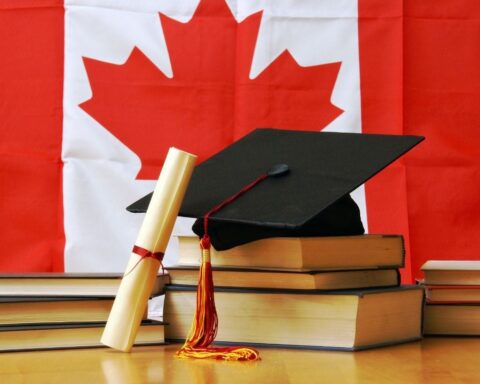Several more post-secondary institutions have been given the nod to begin receiving international students after ensuring that they can meet public health guidelines.
Beginning in October, the federal government opened a corridor for international students despite tough restrictions on international travel. However, some well-known Ontario universities, like Windsor and Ryerson, were not in that initial roll out. They, as well as several others, have since been included in the federal government’s list of Designated Learning Institutions. The latest update was on Nov. 17.
“Ryerson worked with the government of Ontario to grant permission to departments like the Law School — and a few others, like FCAD (Faculty of Communication and Design) and FCS (Faculty of Community Services) – to allow some on-campus instruction for special circumstances, while still offering a virtual option to students,” said a spokesperson from Ryerson.
Ryerson says they are not offering any in-person only classes. They have instead opted for a hybrid model where more hands-on classes are a combination of in-person and online. “Most courses (95 per cent) and services at Ryerson are offered virtually. Decisions about whether a class has an in-person component is made by local academic or departmental units with consultation of the deans. Ryerson then works with the government of Ontario to grant permission.”
Economic hit
General attendance at several, but not all, universities have been decimated by COVID-19 restrictions. While some universities appear to be doing OK when it comes to enrollment, schools like Concordia University in Montreal, University of Regina and Fleming College of Peterborough Ont. saw significant drops in enrollment by international students. Fleming appears to be experiencing a drop of new international students of 30 per cent. U of Regina’s foreign students have been reduced by 50 per cent.
Concordia draws 65 per cent of its enrollment from international students and is projecting a financial hit of about $28 to $45 million. Financial losses among post-secondary institutions is a prevailing anxiety. International students represent roughly half of all tuition revenue for universities, placing educational finances on shaky ground. They add $22 billion to the Canadian economy and post-secondary institutions may lose as much as $3.5 billion of revenue.
University of Windsor has been transparent about cases originating on their campus. The university has been keeping the public and the press informed of on-campus spread of COVID-19 since Nov. 5. Eleven cases have been reported by the university up to the time of publication. Ryerson’s student media have been keeping track of their cases. They reported their first case last October. One more case has come to light since then.
Designating new designated learning institutions (DLIs) who are COVID-ready has been a slow process. The initial opening was in October, when several universities, including University of Toronto and York University, were given the go ahead to start accepting international students. Ryerson, Windsor and University of Waterloo were only added on Nov. 17. The recent batch were put on the list on Dec. 15. Thirteen schools from Ontario were added to the list, including both campuses of St. Augustine’s Seminary and Redeemer University College.
“The government has taken a cautious approach, with IRCC and the Public Health Agency of Canada starting consultations with provinces and territories in July,” they added. These consultations will be focusing on “including setting guidelines of what should be included in the COVID-19 readiness plans that each DLI needed to provide to their provincial/territorial government,” said a spokesperson for Immigration, Refugees and Citizenship Canada (IRCC).
Mansoor Tanweer is New Canadian Media’s Local Journalism Initiative reporter on immigration policy. An immigrant himself, he has covered municipal affairs and the Brampton City Council in addition to issues relating to newcomers over several years.





